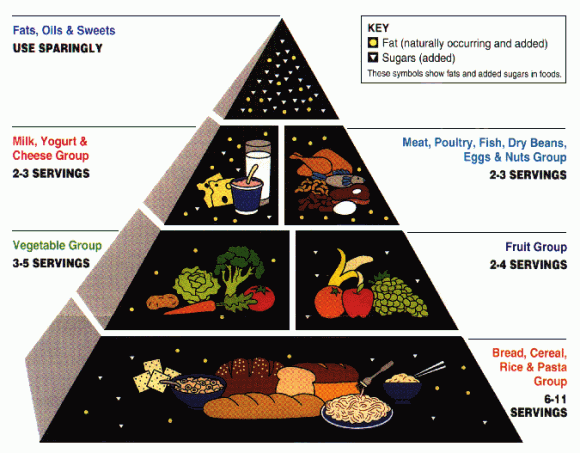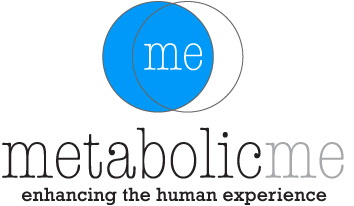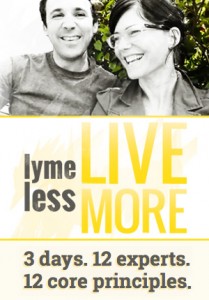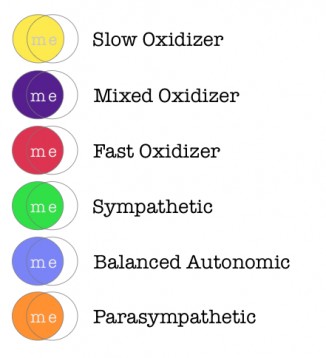5 Ways to Turn the Obesity Epidemic Around
The obesity epidemic, downward trend, or whatever you want to call it, is simply getting worse and worse and worse. It’s not getting better. It’s not slowing down. It’s not even plateauing. It’s just getting worse.
How bad is it? See the US state-by-state comparison in this new short video:
Yes, there is an elephant in the room here. And as I mentioned in the video,
If you want to help the obesity epidemic, then don’t become part of it.”
Here are 5 out-of-the-box ways to make this happen. And no, I’m not just going to tell you to drink more water, not eat processed foods, and start exercising. It goes way deeper than that.
N’Obesity Tip #1: Have more respect for our food
Yeah that’s right. Have more respect for our food. Because right now it seems like eating is a mindless autopilot thing we do just to get through our day. We shovel plants and animal carcasses in our mouths when we get hungry without considering what it is or where it comes from. Consider:
Am I mindlessly eating or mindfully eating?” – you talking to yourself
Mindfully eating means to be more aware of what we put into our bodies and to fully immerse ourselves in the eating experience. No, this doesn’t involve shaving your head and moving to the Himalayas. It simply involves making the connection between the food and our self. Experts like Niki Driscoll can teach you how to eat so mindfully you’ll have a foodgasm.
N’Obesity Tip #2: Teach children what food is and where it comes from
Where does our food come from? Wal-Mart? Kraft Foods? McDonalds? This is what is taught and expected.
The other day I was at the park eating a plum, by far one of my favorite fruits. A 12 year old girl approached me asks, “What is that you’re eating?” I was pretty shocked that she had never seen a plum before. A papaya… ok maybe. But a plum?!?!?
 In reality, most children only know about apples, oranges, bananas and grapes… if they’re lucky. The average person only eats about 12 different foods in a year. Consider for a moment about what kind of variety you’re getting. Go ahead and count it.
In reality, most children only know about apples, oranges, bananas and grapes… if they’re lucky. The average person only eats about 12 different foods in a year. Consider for a moment about what kind of variety you’re getting. Go ahead and count it.
One of the biggest drivers of this limited variety is our illusion of options at the store, especially in the processed foods sections. No, fruit loops and captain crunch are not 2 different foods. It’s corn. As a matter of fact, almost all processed foods are made up of corn, soy, wheat, and/or sugar. Oh, and a laboratory of preservatives, artificial colors and flavors, and synthetic vitamins too.
So where does your food come from? What are you eating? And are we teaching our children to follow suit or ask these questions too?
N’Obesity Tip #3: Have more respect for our body
You only get issued one body in life. Returns are not accepted.
How can we respect our body if we don’t respect our food? And how can we respect our food if we don’t respect our body? These two go hand-in-hand.
When we are more mindful of our eating choices and choose more wisely, the body will follow suit. The body reflects back to us exactly how we treat it.
N’Obesity Tip #4: Honor our individual needs
Of course the Metabolic Me guy is going to say this one. But seriously, the food pyramid is terribly flawed. For one, because it’s a cookie cutter, one-size-fits-all solution, and what individual needs that? But what I really want to know is this…
Did the processed food choices help shape the Food Pyramid?
Or did the Food Pyramid shape the processed food choices?

No, I’m not claiming any sort of conspiracy here. I’m just implying that whoever is responsible for creating the Food Pyramid probably got extra lobbying (a.k.a. money) from the processed food manufacturers who primarily use corn, wheat, soy, and sugar.
N’Obesity Tip #5: Make time for your food
If you make time for your food, then it won’t have to be fast food or processed food from a box or wrapper. Slow down. Breathe a little. The slow food movement is really on to something here.
Oh, but if I slow down and breathe, then I won’t have time to be productive!” – Anonymous**
Come on now, you don’t have time to cook your food that is going to be your fuel for the whole rest of the day? Making a little extra time is easier than you might think.
 Making time for our food is the culmination of the above four points. When we cook our food, we better understand what it’s made of and are directly responsible for every ingredient. The chances of Red 40 is much less, and you may just branch out beyond your 12 staple foods, start adding more variety in your diet, and ultimately, become more mindful about your food and your body.
Making time for our food is the culmination of the above four points. When we cook our food, we better understand what it’s made of and are directly responsible for every ingredient. The chances of Red 40 is much less, and you may just branch out beyond your 12 staple foods, start adding more variety in your diet, and ultimately, become more mindful about your food and your body.
And maybe, just maybe, the obesity epidemic might finally start turning around.
** Anonymous has a 33% chance of being overweight or obese.







There are better alternatives: the new Healthy Eating Plate and the Healthy Eating Pyramid, both built by faculty members in the Department of Nutrition at the Harvard School of Public Health, in conjunction with colleagues at Harvard Health Publications. The Healthy Eating Plate fixes the flaws in USDA’s MyPlate, just as the Healthy Eating Pyramid rectifies the mistakes of the USDA’s food pyramids. Both the Healthy Eating Plate and the Healthy Eating Pyramid are based on the latest science about how our food, drink, and activity choices affect our health—and are unaffected by businesses and organizations with a stake in their messages.;***
With kind regards
http://healthfitnessbook.com